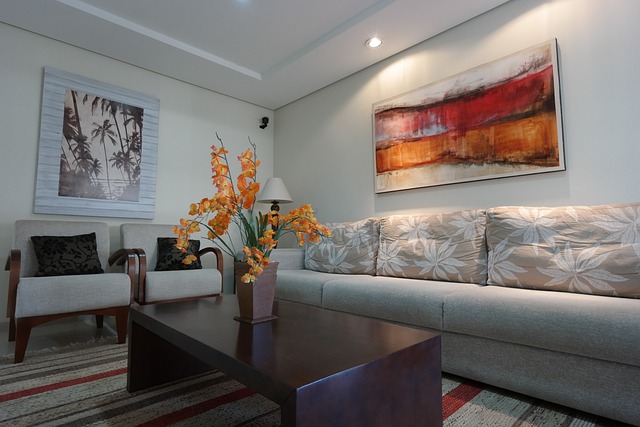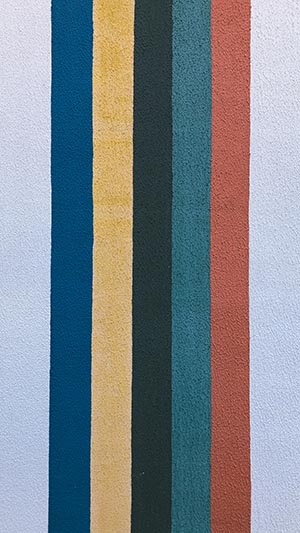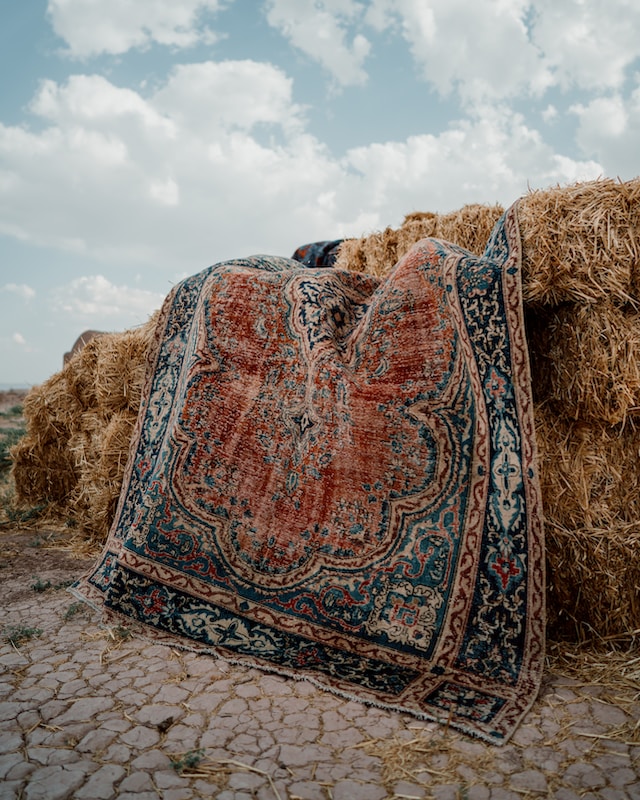
Characteristics of native American designs in furniture
1970s pine and bolt furniture, native american designs
The characteristics of native American designs in 1970s pine and bolt furniture were truly unique and striking. These designs often featured intricate geometric patterns, bold colors, and natural elements like animals and plants. (Can't you just picture it?) The use of traditional symbols and motifs added a sense of cultural heritage to the pieces, making them stand out from other furniture styles of the time. (How cool is that?)
Despite not being mainstream at the time, these native American-inspired designs have made a resurgence in popularity in recent years. (Isn't that amazing?) People are drawn to the authenticity and craftsmanship of these pieces, as well as the connection to indigenous cultures. (Who wouldn't want that in their home?)
Overall, the characteristics of native American designs in 1970s pine and bolt furniture bring a sense of history, culture, and beauty to any space. (Don't you agree?) Whether you're a collector or just appreciate unique design, incorporating these elements into your home can add a touch of warmth and personality that is truly one-of-a-kind.


